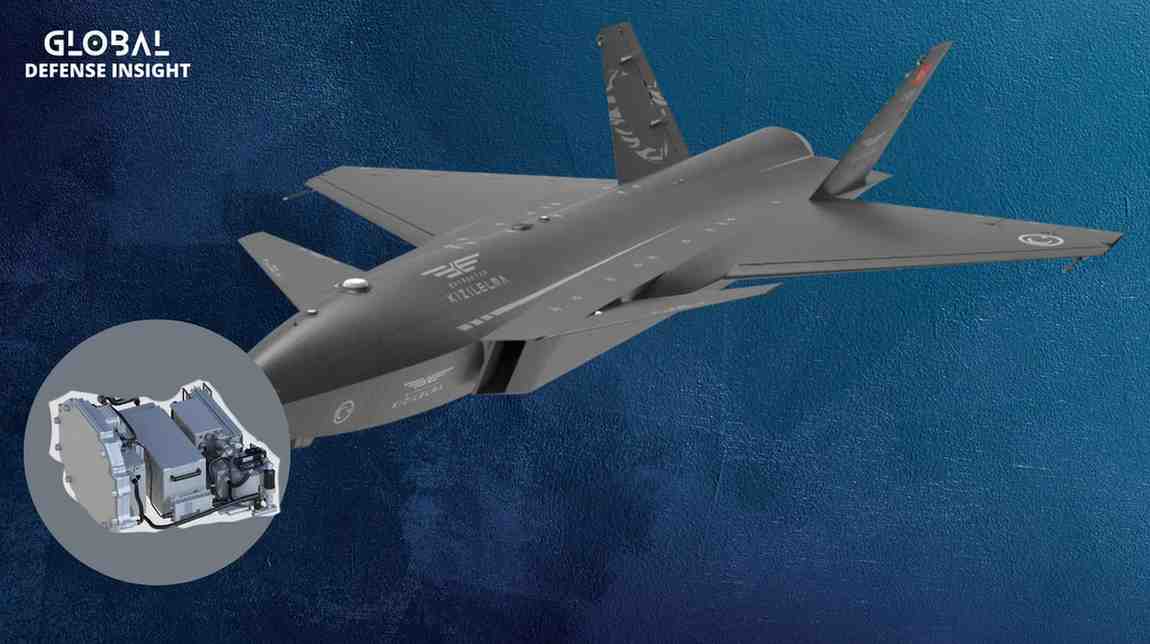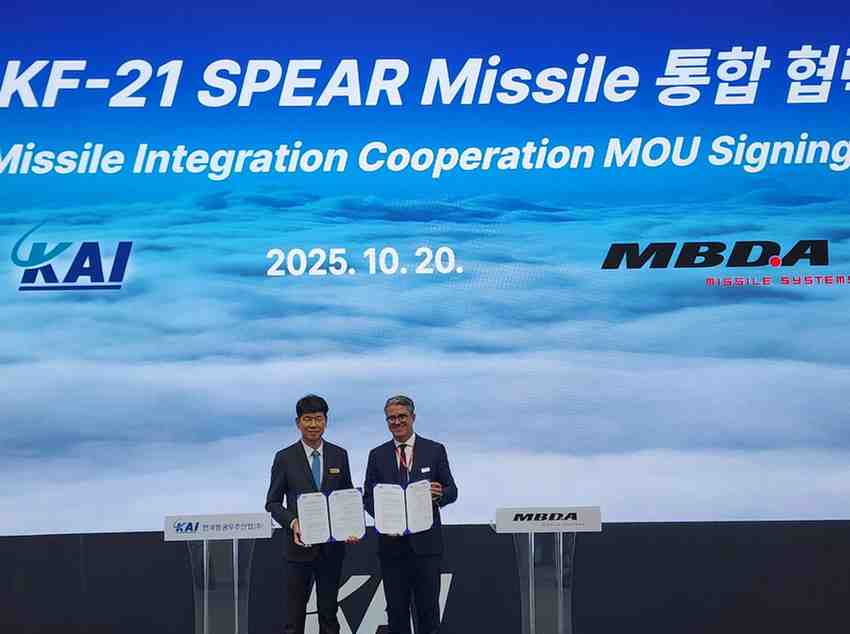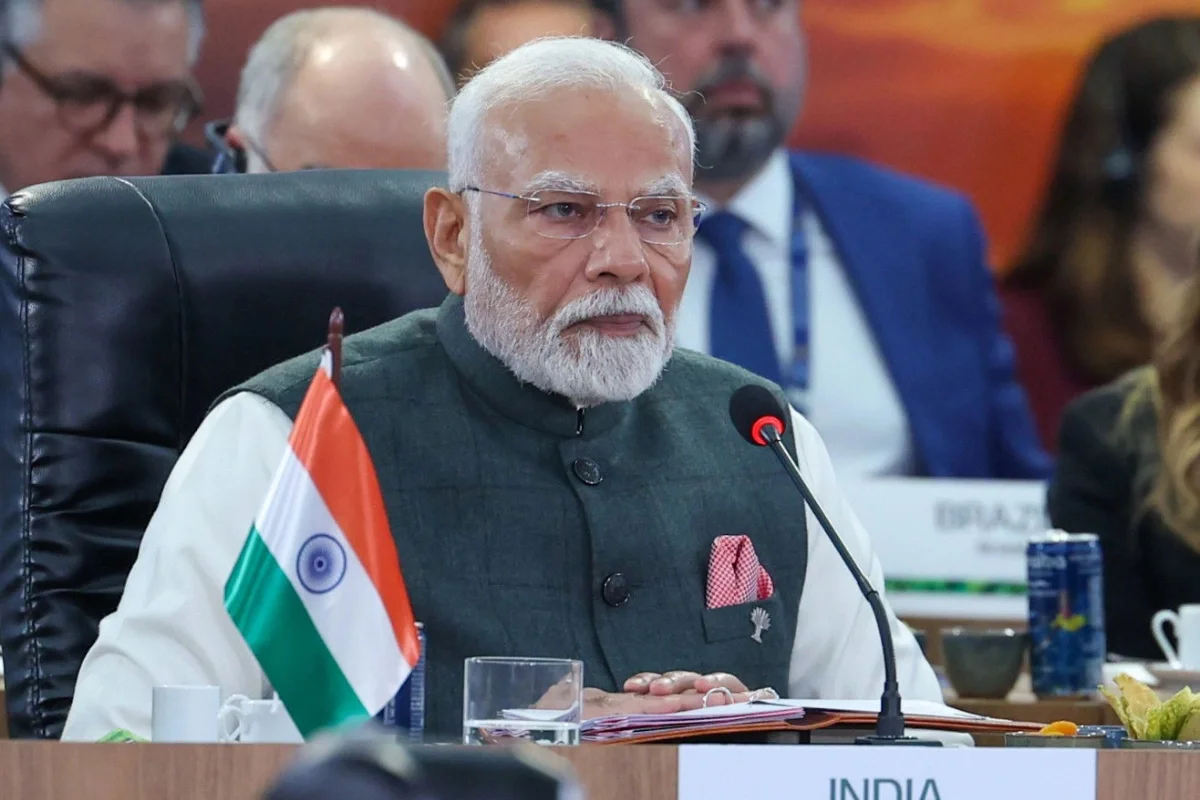Brief Overview of Exercise Joint Sword-2024
Exercise Joint Sword-2024 significantly escalates China’s military posture towards Taiwan. Conducted by the Eastern Theatre Command of the People’s Liberation Army (PLA), this exercise showcases an integrated operation involving the Army, Navy, Air Force, and Rocket Force. Its primary objectives include demonstrating China’s capability to encircle Taiwan, testing joint sea-air combat readiness, and executing precision strikes on key targets. The scope and scale of this exercise, particularly its focus on encirclement and precision strikes, indicate a well-calculated move to prepare for potential future military action against Taiwan.
This exercise continues a pattern established by previous drills, such as Joint Sword-2024A, which also focused on demonstrating China’s military readiness in the Taiwan Strait. These exercises have progressively expanded in scope and sophistication, underscoring China’s intent to normalise military pressure on Taiwan while refining its operational capabilities for a possible invasion. The strategic significance of these exercises cannot be overstated; they serve as a stark warning to Taiwan and a signal to the United States and its allies in the broader Indo-Pacific region.
China’s Historical and Strategic Interest in Taiwan
Taiwan has long been a focal point of China’s national strategy. Since the end of the Chinese Civil War in 1949, when the Republic of China government retreated to Taiwan, the People’s Republic of China (PRC) has consistently viewed the island as a breakaway province that must eventually be reunified with the mainland. This goal has been a cornerstone of Chinese policy, framed as a necessary step toward achieving the “Great Rejuvenation of the Chinese Nation.”
Over the decades, China’s strategy towards Taiwan has evolved from diplomatic isolation and economic coercion to increasingly overt military threats. The PLA’s modernisation efforts, particularly under President Xi Jinping, have been geared toward developing the capability to project power across the Taiwan Strait. Establishing the Eastern Theatre Command, specifically focusing on Taiwan, further underscores Beijing’s strategic importance on the island. Exercise Joint Sword-2024 should thus be seen as a calculated step in this long-term strategy, potentially setting the stage for future military actions to bring Taiwan under Beijing’s control.
This essay aims to analyse the underlying motivations, strategic implications, and potential outcomes of Exercise Joint Sword-2024. By examining the exercise in the context of China’s broader military strategy and the evolving geopolitical landscape, this article provides a comprehensive understanding of the threats posed by China’s actions. The analysis will also consider the implications of these exercises for the United States and its allies, particularly in the ongoing US-China strategic competition.
Exercise Joint Sword-2024: Strategic Overview
Objectives and Scope: Exercise Joint Sword-2024 is one of the most extensive military drills conducted by the PLA in recent years. The exercise involved a large-scale deployment of PLA assets, including warships, fighter jets, and missile units, operating across multiple zones surrounding Taiwan. The key objectives included testing joint sea-air combat readiness, establishing comprehensive battlefield control, and executing precision strikes on strategically significant targets.
As official PLA maps depict, the exercise zones strategically encircle Taiwan from the north, south, east, and west, effectively simulating a blockade scenario. This not only demonstrates the PLA’s capability to isolate Taiwan but also sends a clear signal of its readiness to enforce such a blockade if deemed necessary. The drills also focused on amphibious landings, air superiority manoeuvres, and missile strikes, mirroring the likely phases of an actual military campaign against Taiwan.
Command and Control Structure: The Eastern Theatre Command was central in overseeing Exercise Joint Sword-2024. This command structure, established specifically to manage operations in the Taiwan Strait, integrates all branches of the PLA, ensuring a cohesive and coordinated approach to potential military actions against Taiwan. The exercise featured joint operations involving the PLA Navy, Air Force, Rocket Force, and Ground Force, highlighting the high level of interoperability and command integration within the PLA.
The command and control structure demonstrated during the exercise is particularly noteworthy. It reflects the PLA’s capacity to conduct complex, multi-domain operations requiring precise coordination across different military branches. This capability is crucial for any future military campaign aimed at Taiwan, where success would depend on the ability to execute rapid and synchronised operations across air, sea, and land domains.
Critical Phases of the Exercise: The exercise was divided into several key phases, each focusing on a different aspect of military operations. The initial phase involved joint sea-air patrols and the establishment of air superiority over Taiwan. This was followed by amphibious assault drills, where PLA forces practised landing operations on Taiwan’s shores. The final phase focused on precision missile strikes, targeting vital military installations and infrastructure.
The exercise zones’ strategic significance is evident in their placement. The northern zone, close to Taiwan’s capital, Taipei, signals China’s capability to strike at the heart of Taiwan’s leadership. The eastern and southeastern zones, positioned near critical shipping lanes, demonstrate the PLA’s ability to disrupt Taiwan’s supply chains and prevent external military support from reaching the island. Near Taiwan’s busiest ports, the southwestern zone indicates a strategy to strangle Taiwan’s economy by cutting off its access to vital resources.
China’s Strategic Calculations
Political Context: Taiwan’s significance in Xi Jinping’s vision for China’s rejuvenation cannot be overstated. The Chinese leadership views reunification with Taiwan as a non-negotiable part of its national strategy. Recent political developments in Taiwan, notably the inauguration of President William Lai, have heightened tensions across the strait. Lai, known for his pro-independence stance, represents a direct challenge to Beijing’s goal of peaceful reunification under the “One China” policy.
The timing of Exercise Joint Sword-2024, coming just days after Lai’s inauguration, suggests that Beijing is using military force as a means of political messaging. By conducting such a large-scale exercise, China aims to intimidate Taiwan’s leadership and signal its resolve to the international community, particularly the United States. The exercise also warns other regional countries that any support for Taiwan’s independence will be met with a robust military response.
Military Modernization and Power Projection: China’s military modernisation efforts have significantly enhanced its ability to project power across the Taiwan Strait. The PLA has invested heavily in advanced missile systems, cyber capabilities, and naval assets showcased during Exercise Joint Sword-2024. Including the Rocket Force in the exercise, which is responsible for China’s missile arsenal, highlights the importance of precision strikes in China’s strategy.
Previous exercises in August 2022 and April 2023 provided the PLA with valuable lessons in joint operations and power projection, further refined during Joint Sword 2024. The exercise demonstrated the PLA’s ability to conduct sustained operations over a large geographic area, focusing on rapid deployment and the ability to transition seamlessly between different phases of military action. This level of operational readiness is critical for any potential conflict scenario involving Taiwan.
Psychological and Information Warfare: Beyond the physical demonstration of military power, Exercise Joint Sword-2024 also served as a psychological and information warfare tool. The exercise was accompanied by extensive state media coverage, portraying the drills as a righteous response to Taiwan’s “separatist” actions and external interference. This narrative was aimed at both domestic and international audiences, seeking to legitimise China’s actions while intimidating Taiwan and its allies.
China’s use of information warfare during the exercise also included cyber operations and the dissemination of propaganda through diplomatic channels. By framing the exercise as a defensive measure, China sought to undermine Taiwan’s international support and portray the United States as a destabilising force in the region. This dual approach of military intimidation and information manipulation reflects China’s comprehensive strategy to weaken Taiwan’s resolve and international standing.
Potential Implications for Regional and Global Security
Taiwan’s Response and Defence Posture: Taiwan’s military and political leadership are acutely aware of the threats posed by China’s military exercises. In response to Exercise Joint Sword-2024, Taiwan has bolstered its defence posture, focusing on asymmetric warfare capabilities to counteract China’s numerical and technological superiority. Taiwan’s strategy includes strengthening missile defence systems, enhancing cyber defence, and increasing the readiness of its reserve forces.
Taiwan’s alliances with the United States, Japan, and other regional powers are critical to its defence strategy. These partnerships provide Taiwan access to advanced military technology, intelligence sharing, and joint training exercises that enhance its defensive capabilities. However, the effectiveness of these alliances in the face of a full-scale Chinese invasion remains uncertain, mainly if China employs a rapid and overwhelming force strategy.
US and Allied Reactions: The United States and its allies have closely monitored China’s military activities around Taiwan. Exercise Joint Sword-2024 has prompted discussions within the US defence establishment about enhancing deterrence in the Indo-Pacific region. Potential responses include increasing the US military presence in the region, conducting more frequent joint exercises with allies, and expanding arms sales to Taiwan.
The US response to China’s actions will be a critical factor in shaping the future security landscape of the Indo-Pacific. A strong and coordinated response could deter China from further aggression, while a weak or divided response could embolden Beijing to take more assertive actions against Taiwan. The risk of miscalculation and unintended escalation is significant, particularly given the routine nature of China’s military drills and the potential for these exercises to spiral into actual conflict.
Risks of Escalation: The dangers of escalation inherent in China’s military exercises, such as Exercise Joint Sword-2024, are profound. The sheer scale and frequency of these drills increase the likelihood of accidents, misinterpretations, or unintended engagements between Chinese forces and those of Taiwan or the United States. Given the proximity of Chinese and Taiwanese military assets during these exercises, the potential for an inadvertent clash is significant.
Furthermore, normalising such large-scale exercises could desensitise Taiwan and the international community to China’s military activities, leading to a real offensive being misjudged as just another drill. This blurring of the lines between peacetime exercises and preparations for actual conflict creates a highly volatile environment where the threshold for military engagement could be crossed inadvertently.
Diplomatic channels and crisis management mechanisms, such as hotlines between military commands, are crucial in managing these risks. However, the effectiveness of these mechanisms is limited by the current state of US-China relations, which have been marked by increasing distrust and strategic rivalry. As a result, the potential for miscalculation remains high, with significant implications for regional and global security.
Strategic Recommendations
Strengthening Taiwan’s Defence: To counter the growing threat posed by China’s military exercises, Taiwan must continue strengthening its asymmetric warfare capabilities. This includes enhancing missile defence systems, investing in cyber warfare capabilities, and expanding its stockpile of precision-guided munitions. Taiwan’s military must also focus on improving the readiness and resilience of its forces, particularly in the face of potential cyber and electronic warfare attacks that could precede a conventional assault.
In addition to these measures, continued US arms sales and military training programs are essential for ensuring that Taiwan’s forces can effectively integrate new technologies and tactics into their defence strategy. Emphasising interoperability between US and Taiwanese forces will be critical in ensuring that Taiwan can defend itself effectively during a Chinese attack.
Enhancing US and Allied Deterrence: The United States and its allies must also enhance deterrence in the Indo-Pacific region. This could include increasing the frequency and scale of joint military exercises with Taiwan and other regional allies, such as Japan and Australia, to demonstrate a unified front against Chinese aggression. The deployment of additional US forces to the region, including naval and air assets, would also serve as a strong deterrent to Chinese military action.
Furthermore, strengthening multilateral security arrangements, such as the Quad (comprising the US, Japan, India, and Australia), would enhance regional security and provide a framework for coordinated responses to Chinese provocations. Diplomatic initiatives should complement these efforts to reduce tensions and encourage dialogue between China and Taiwan. Initiatives to maintain peace and stability in the region are of paramount importance.
Diplomatic Initiatives: While military preparedness is essential, diplomatic engagement remains critical in managing tensions in the Taiwan Strait. The United States and its allies should continue to advocate for peaceful dialogue between China and Taiwan, encouraging both sides to explore confidence-building measures to reduce the risk of conflict. India could also play an important mediatory role. This is in the larger interest of China, the US, Taiwan, the region and the whole world. Ramifications of this conflict would have far-reaching consequences in the Indo-Pacific region.
Backchannel communications and Track II dialogues, involving non-governmental actors and retired military officials, could provide alternative avenues for reducing tensions and exploring potential compromises with solutions. Additionally, international forums such as the United Nations should be leveraged to apply diplomatic pressure on China to avoid further escalations and uphold international norms regarding peaceful resolution of disputes.
Last Word
Summary of Key Points: Exercise Joint Sword-2024 represents a significant escalation in China’s military posturing towards Taiwan, highlighting Beijing’s intent to use military force as a means of political coercion. The exercise serves as a rehearsal for a potential invasion of Taiwan and signals China’s willingness to challenge US influence in the Indo-Pacific region. The strategic implications of these exercises are profound, raising the risk of miscalculation and unintended escalation that could lead to a broader conflict.
India on its part must continue to maintain a strong posture and vigil along its land, air and maritime areas to ensure that there is no opportunity for China to attempt any misadventure along its borders. India could play a pivotal role to diffuse tensions between US and China to prevent any conflict over this issue. India must continue to enhance the role of Quad to act as a deterrence.
Taiwan’s response will be crucial in deterring Chinese aggression. It will include strengthening its defence posture and strengthening its alliances with the United States and other regional powers. Meanwhile, the US and its allies must continue to enhance their deterrence capabilities while pursuing diplomatic initiatives to manage tensions and prevent conflict.
The Path Forward: In facing these challenges, the international community must remain vigilant and proactive in addressing the Taiwan issue. This will require a combination of military readiness, strategic deterrence, and diplomatic engagement to maintain peace and stability in the Indo-Pacific region. The stakes are high, and the consequences of inaction could be dire. Therefore, the United States and its allies must take decisive steps to counter China’s growing assertiveness and to support Taiwan in defending and maintaining its sovereignty.

Vice Admiral SN Ghormade (Retd)
Vice Admiral SN Ghormade is the former Vice Chief of the Naval Staff. He had also served as the Director General of Naval Operations for nearly two and a half years.
- This author does not have any more posts.












